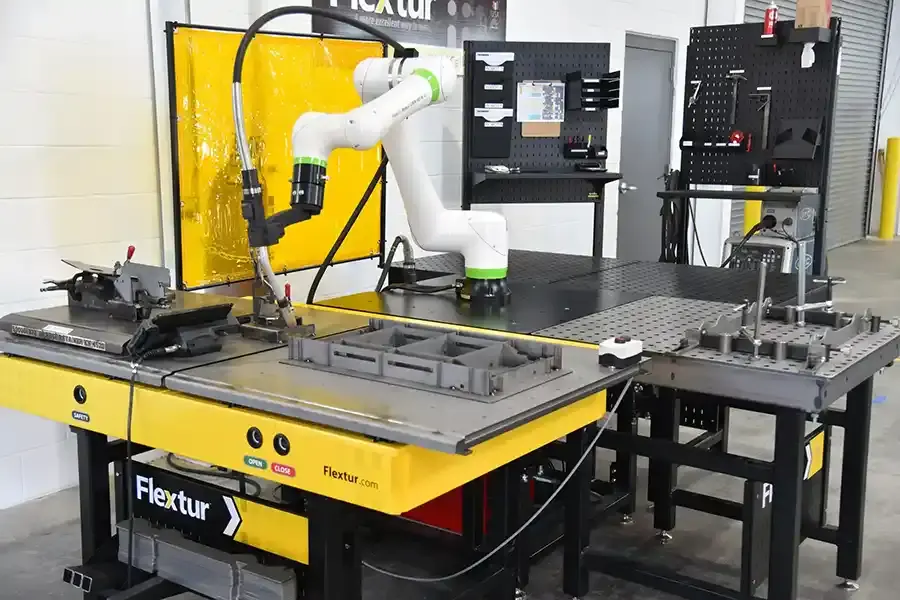Collaborative Robot Safety: Key Safety Measures & Compliance Tips
The rise of collaborative welding robots (cobots) is reshaping industrial automation, improving efficiency, and reducing manual labor risks. But as these robots work alongside human operators, ensuring cobot safety in welding applications is critical. Unlike traditional industrial robots, cobots require advanced safety features to mitigate hazards like extreme heat, bright light, and toxic fumes.
How to Ensure Collaborative Robot Safety
To prevent workplace accidents, manufacturers must integrate:
- Force and torque sensors – Detect excessive force and stop operations to prevent injuries.
- Vision systems and AI-driven monitoring – Enhance hazard detection and obstacle avoidance.
- Safety-rated monitored stops & power-limiting functions – Reduce risk in high-risk welding environments.
- Regulatory compliance – Standards like ISO 10218-1 and ISO/TS 15066 help businesses meet safety requirements and avoid legal liabilities.
The Future of Cobot Welding Safety
Emerging technologies such as AI-powered risk assessment, adaptive response systems, and integrated safety ecosystems will further improve human-robot collaboration in welding automation. By adopting these innovations, manufacturers can create a safer, more efficient work environment while maximizing productivity.
For an in-depth look at cobot welding safety, including best practices, compliance guidelines, and future trends, read our whitepaper.

